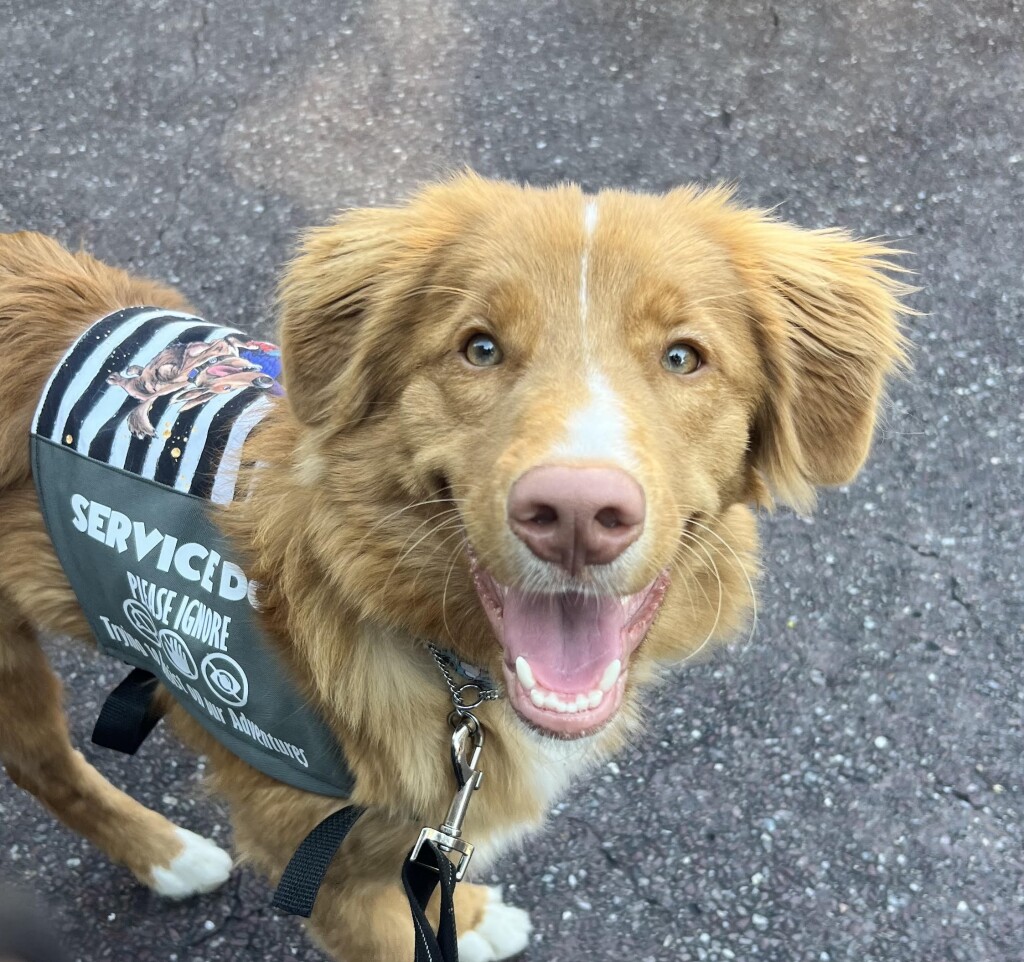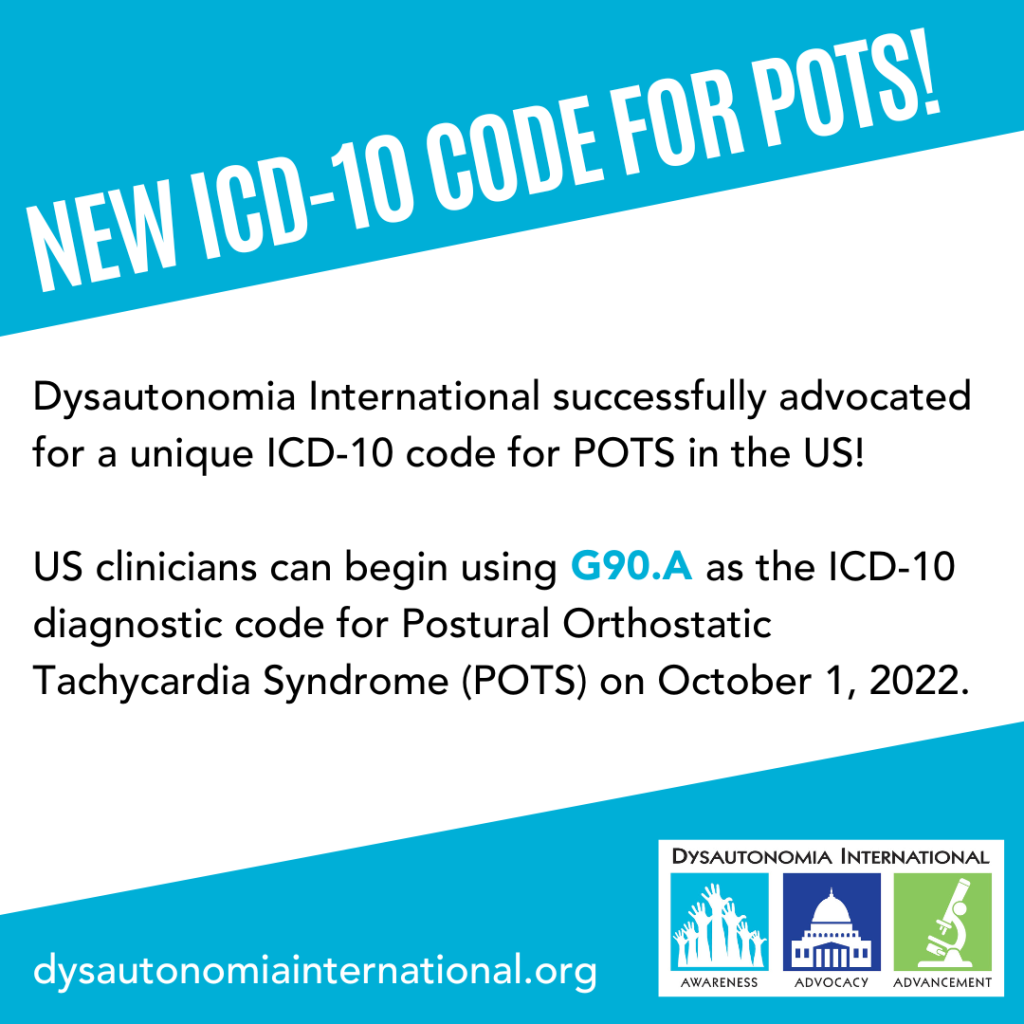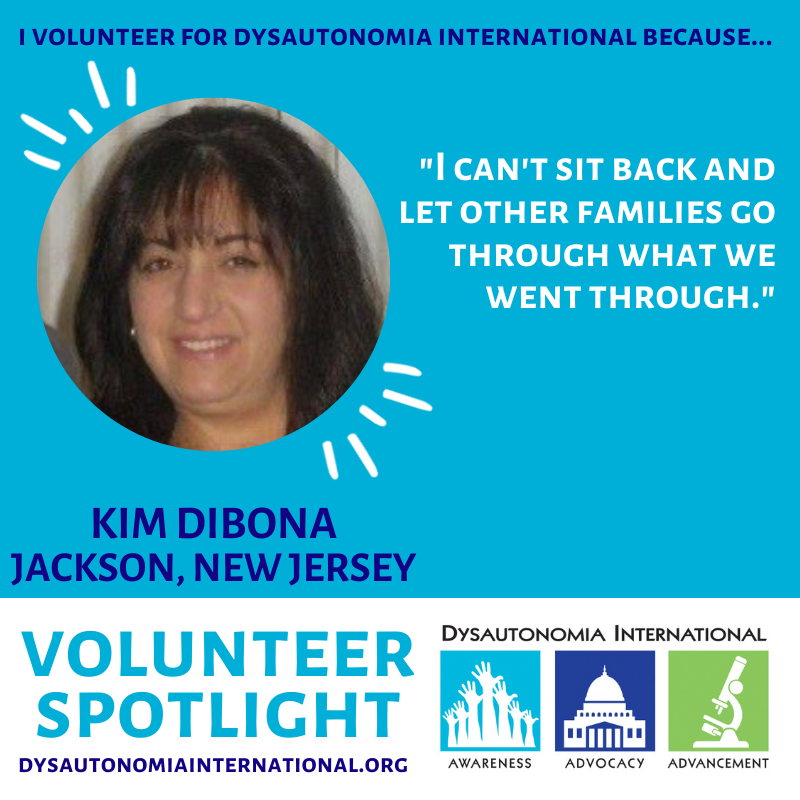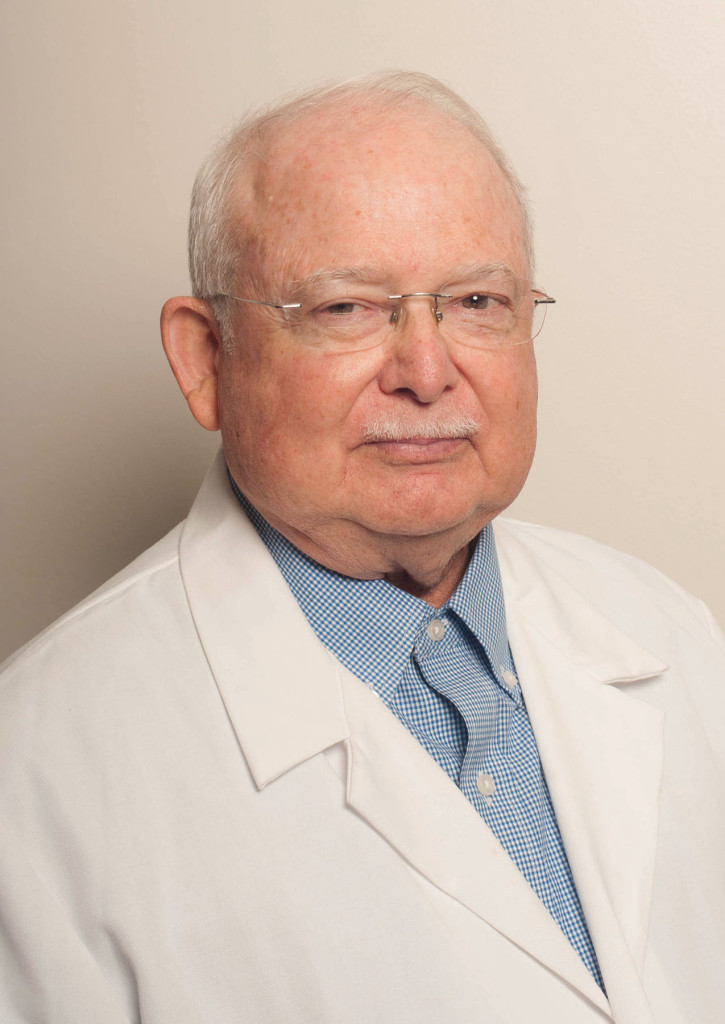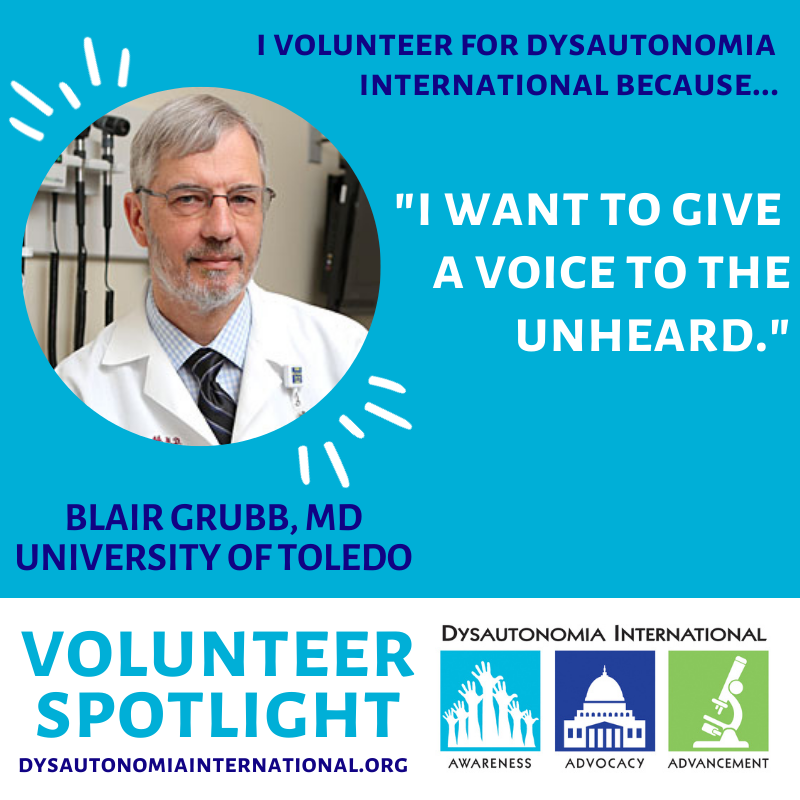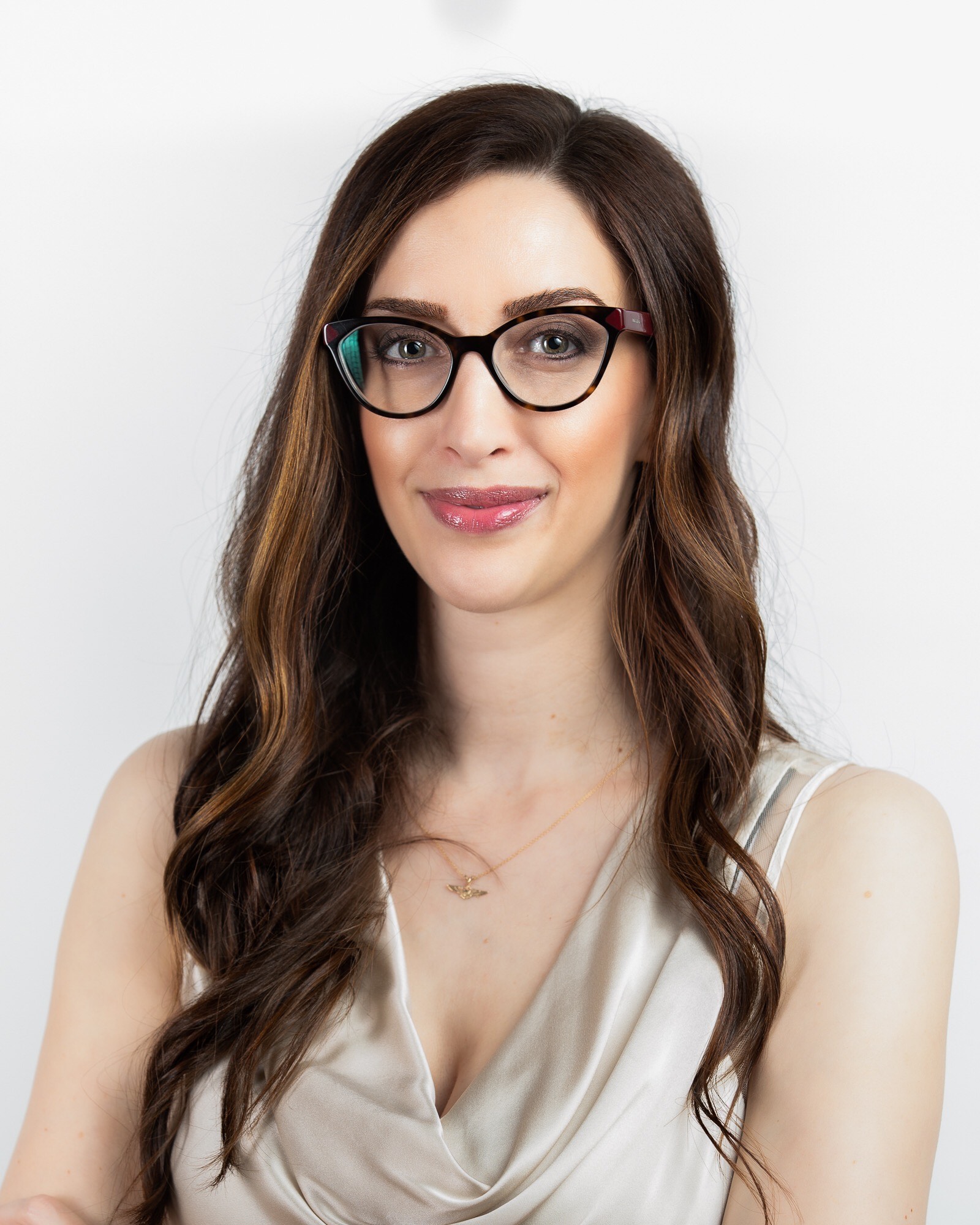Some people with dysautonomia work with service dogs to assist them with specific tasks. This guest blog post will discuss service dog laws and requirements in the US. Other countries may have different laws that apply to service animals.
As someone with multiple chronic illnesses and service dogs, here are some tips that may help you decide if a service dog is right for you.
Firstly, it’s essential to do your research.
Before you get a service dog, there are plenty of facts to consider. The first step in considering a service dog in the United States is to discuss with your doctor whether your condition is disabling enough to qualify as the legal definition set forth by the Americans with Disabilities Act (ADA).
If your doctor thinks you meet that definition, your next step should be to research all the laws regarding service dogs. Here are a few to start with:
- Americans with Disabilities Act (ADA)
- Housing and Urban Development Laws (HUD)
- Air Carrier Access Act (ACAA)
- Any state and local laws or ordinances about service dogs
Only after you have read and understood these laws can you honestly decide if a service dog is the right aid for you.
While no legally recognized certifications, registries, or IDs are required for assistance dogs, many scam websites allege these are necessary and just-so-happen to sell them. These practices can be deeply harmful to service dog teams (which include the service dog and their handler) and should be avoided.
It’s important to understand that an Emotional Support Animal (ESA) or Therapy Animal does not qualify as a Service Animal. They have separate purposes, so you are encouraged to research the differences while reviewing applicable laws.
Next, you must determine what tasks a service dog can do for you. Think about what areas in life with which you struggle because of your disability and try to match them to a “task” a dog can do for you. The tasks a service dog can perform must be directly linked to your specific legal disability, individualized for your needs, and for which the service dog must be trained to accomplish. An example could be if you have a mobility problem that makes it difficult to bend down, a service dog can be tasked to pick it up for you. Or maybe you need help getting up due to a balance issue, in this case, the Service Dog can provide a counterbalance for you to do so safely.
Anything is Pawsible has a good list of tasks with a thorough list of categories that are easy to navigate so you can easily determine which tasks a service dog can do for you. Keep in mind that just because a dog provides comfort/protection, tricks, or if the dog does something naturally, this does not count as a task.
It’s essential to find the proper service dog for the job. First and foremost, you should remember the phrase “Need Before Breed.” Do not shop for a specific breed but for a dog that can perform the job.
Age and temperament are also crucial – it’s best to find a dog young enough to train and that they have been temperament tested. Additionally, the dog should be healthy and free of all health and genetic concerns. It should not be considered if the dog could benefit from a service dog of its own.
Service dogs expected to perform mobility tasks should meet or exceed the ethical height and weight requirements when fully grown. Further, it is best to have the dog cleared by an orthopedic certified veterinarian to ensure their growth plates have closed before expecting one to perform any form of heavy mobility task training.
Be aware that some alerts cannot be trained, such as medical alerts for seizures and heart rate alerts. If the dog has a natural alert to your condition, you will need to hone that alert and train the dog to alert you correctly and consistently for it to become a task (a natural alert alone is not considered a task).
Once you have found a prospective service dog, you must invest significant time and money to properly task-train the dog, whether you do so yourself, find a program, or use a private trainer. Training is a lengthy process and can take on average, 18 months to two years, depending on the task(s) involved. Assistance Dog International is a good resource for identifying accredited programs and trainers.
Not every dog will be able to pass all necessary training, so be ready for the potential for washouts (failed task training) and have a backup plan in place.
For a fully trained service dog, it may take $20,000 – $40,000 whether program or owner-trained. On top of the purchase and training fees, you also need to consider the cost of veterinary care, food, grooming, and gear or equipment.
Once your service dog is potty trained, under your control at all times, and able to perform at least one task with 100% accuracy, you have a legal and proper service dog!
An additional consideration is the additional time and preparation it takes to travel with your service dog. You are not only getting yourself prepared, but you will also have to prepare your dog for whatever outing they are attending. You will always need to carry supplies to protect them from the elements, such as dog boots to protect the dog’s paws from the hot ground, cooling coats to prevent overheating, rain gear, or sweaters. You will also need basic supplies, such as food, water, treats, poop bags, backup leashes, and vests/harnesses.
Further, service dogs attract a lot of attention, and you are stopped constantly by people with questions. It is common to inform people your dog is working and cannot be distracted or pet. Be prepared for invasive, personal questions about why you need a service dog. You can use this to educate the public about the purpose of a service dog, the difference between a service dog and an emotional support or therapy dog, or even about your chronic illnesses if you feel comfortable doing so. If these social situations ever become overwhelming and stressful, you have every right to excuse yourself from the situation for the safety of both you and your dog.
In the United States, service dogs have access rights to go everywhere someone who walks on the streets can, except for some churches (on a case-by-case basis) and sterile environments. Certain businesses may try to deny you access. You can spend the time educating them on the ADA Act and the access rights of a service dog, or you may choose to take your business elsewhere – the choice is yours.
Service dogs in Training DO NOT have the access rights that a fully trained dog does. The laws vary by state for service dogs in Training, so look up the state laws. As someone with multiple chronic illnesses, my service dogs have helped me accept and navigate my life as a disabled person. They protected me from injury, and I learned to appreciate and love my life. They also taught me to be patient with myself and others, listen to my body, and take care of myself. I hope this article can help give you the resources and information to help you have the same.
 Guest blogger Lyam Lacock is a resilient Dysautonomia Warrior with expertise in service dog training and handling, as well as navigating the world with chronic illnesses.
Guest blogger Lyam Lacock is a resilient Dysautonomia Warrior with expertise in service dog training and handling, as well as navigating the world with chronic illnesses.



